The amount of down payment is one of the most significant determinants of a home purchase besides determining the mortgage interest rates and cost of the house. It depicts the first cash installment that is paid when paying for a house with the balance being paid through a mortgage. This means that the total amount that is borrowed is lower and therefore the monthly installments are lower and may also attract better interest rates. On the other hand, a low down payment means that you may have to pay for private mortgage insurance which will be on top of your monthly payments.

A down payment is that part of the cost of the home that you pay at the time of signing the papers. It is a component of the home buying process since it proves to the lender your seriousness and it minimizes the risk on the side of the lender. The amount you pay as the down payment determines the amount of mortgage and the terms of repayment given to you. For instance, a down payment of more than twenty percent is likely to attract a lower interest rate than a down payment of less than twenty percent because the former will attract a lower monthly payment than the latter and no need for PMI.
It is standard to vary the down payment percentages, yet a 20% down payment is advisable to eliminate PMI and attract better interest rates. But the majority of buyers prefer smaller percentages, for example 10 or 5 percent down, mainly if they do not have much savings. Down payments may be as low as 3% of the loan value because of government-backed loans such as the FHA loans. 5%. Lower down payments can be beneficial in the sense that more people can afford homes and thus be able to own them but the flip side is that the overall costs of the home loan are usually higher because the loan amounts are higher and the interest rates are usually higher.
The first thing that you should do is to set for yourself the most appropriate home buying budget that you can come up for your income and your expenses and savings plan. Think how much you can afford to set aside each month for the mortgage and still have enough money for unexpected and future occurrences. After defining your budget, you can define the maximum price of the house that you can afford and in this way define your down payment.
After you have decided on your budget, the next procedure is to apply down payment percentages to house purchase costs. It is important to know how a given percentage influences your initial costs and monthly installments to enable you make a right decision on the amount to pay down. Lenders lending larger down payments can give you a smaller loan amount and a lower interest rate, saving you lot of money in the long run.
The type of mortgage that one selects has a large bearing on the down payment that one is expected to make. Conventional loans are usually offered at down payment of 5% to 20% of the price of the home. If the loans are government backed such as FHA loans then the down payment can be even as low as 3%. 5% and thus affordable by most buyers who may not have a lot of savings to make. VA loans for those who meet the requirements of the program can also be used with zero down payment. Nonetheless, the fees or conditions that are tied to these loans may be of importance to the borrowers.
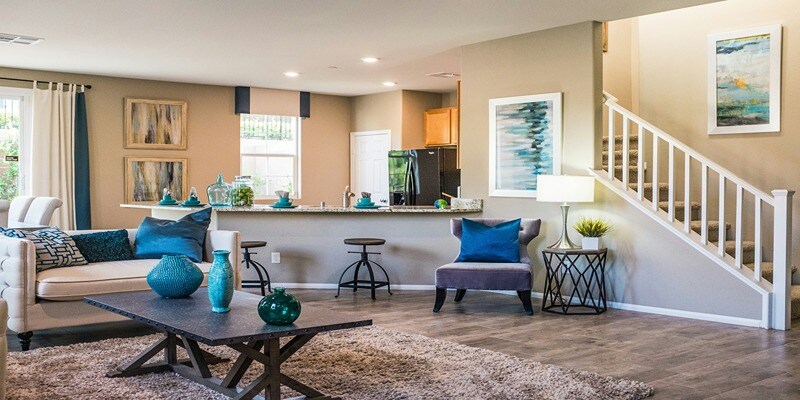
PMI can increase the amount of money you pay every month for your mortgage, thus making your home expensive. To prevent PMI, one can strive to set enough money for the 20% down payment. Or the lender may provide a lender-paid PMI in which the cost is included in a slightly higher interest rate. As we have seen, it is essential to know how the PMI operates and how it affects your down payment to control your homeownership costs in the future.
Begin by determining how much you would like to save for your down payment, this is your target savings. Pay yourself through regular transfers to a separate account for down payment and try to reduce your spending on the unnecessary things in order to increase your savings ratio. Also, consider such possibilities as using a high interest or investing in something that will allow your money to generate more interest. It is the cumulative effect of saving money that will make a dream of owning a home a reality.
Down payment assistance programs can be a major source of help especially for first-time homeowners or those who have little cash to put up. These are programs sponsored by federal, state or local government or nonprofit agencies that can provide grants, low interest or even fully subsidized loans for down payment assistance, partial or full. Lending qualification is more often based on issues like; income, residence, and whether the buyer is a first time client. Studying and applying for such programs will go along way in easing the pressure of your down payment thus making it easier to own a home.
Determination of the right down payment amount is very important when one is buying a house. It influences not only the amount of money you are going to spend at the beginning of the process but also monthly payments, as well as the necessity to pay PMI. This way you will be able to save for your down payment and place yourself in a good stead to make the right purchase. It is always good to plan and think about how to make a bigger down payment in order to have a smaller loan or research on any assistance programs to help in paying the loan.

By Noa Ensign/Sep 02, 2024

By Celia Kreitner/Sep 02, 2024

By Noa Ensign/Sep 01, 2024

By Georgia Vincent/Aug 27, 2024
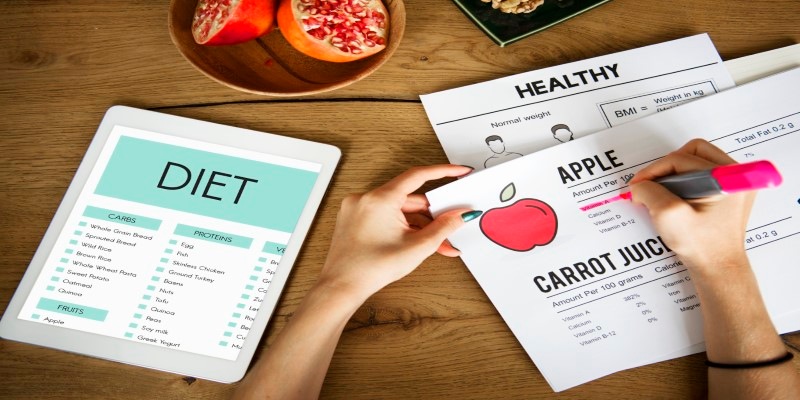
By Kristina Cappetta/Sep 02, 2024
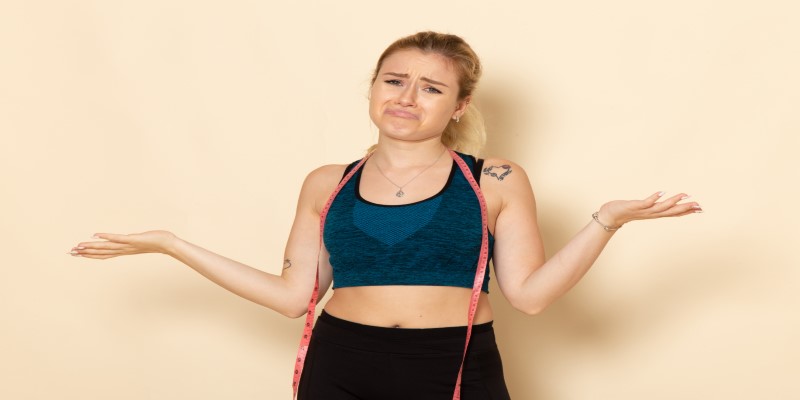
By Alison Perry/Sep 02, 2024
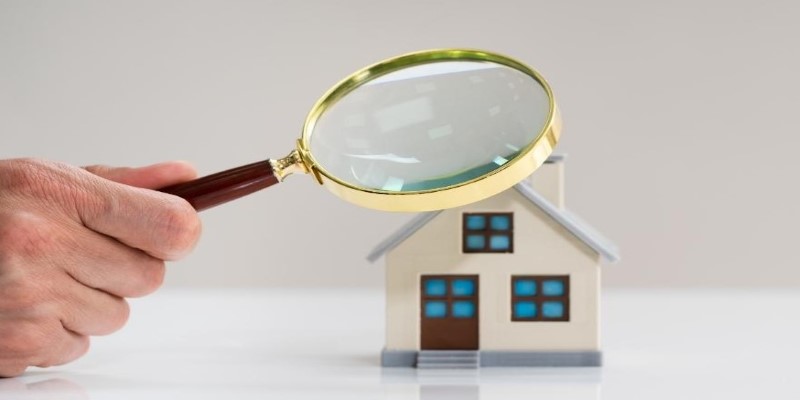
By Triston Martin/Oct 03, 2024

By Paula Miller/Sep 02, 2024
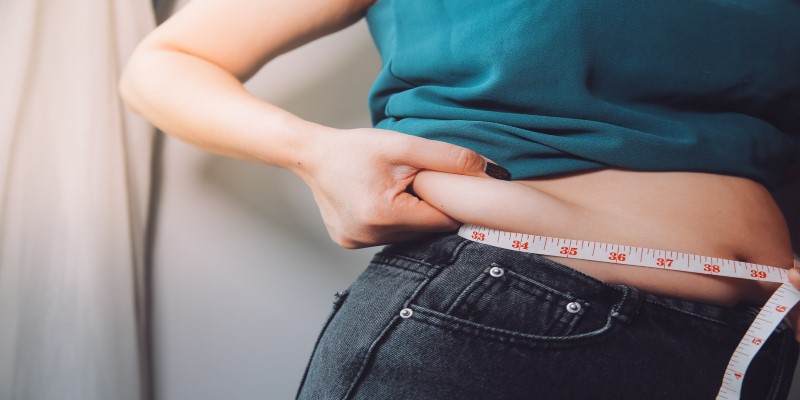
By Maurice Oliver/Sep 02, 2024

By Darnell Malan/Aug 26, 2024
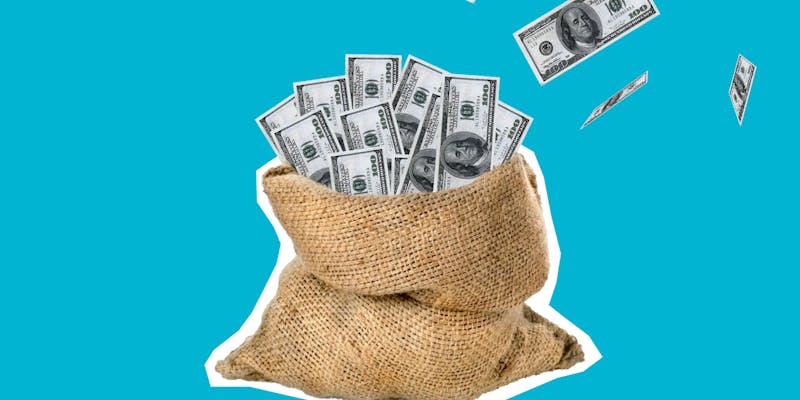
By Kelly Walker/Jul 15, 2024

By Alison Perry/Sep 01, 2024